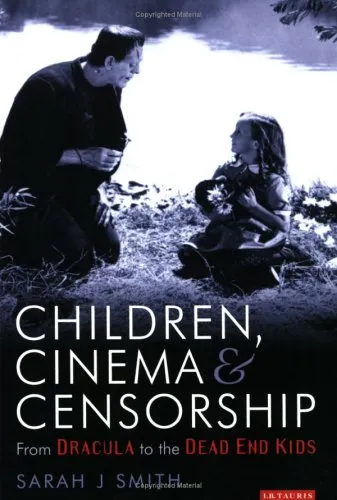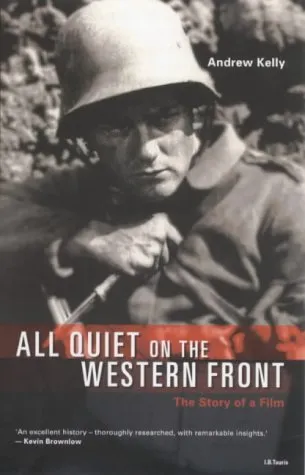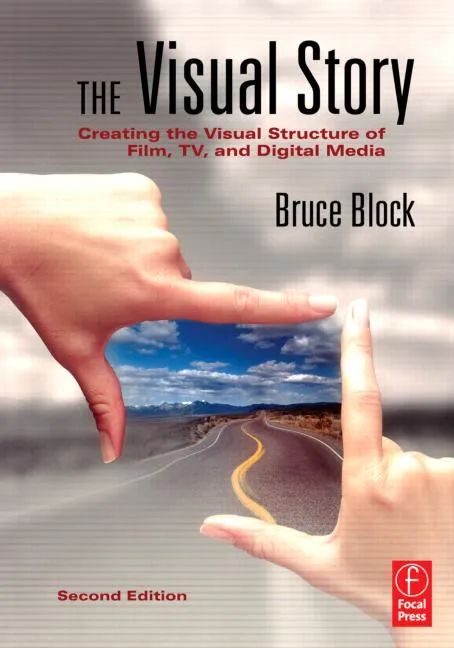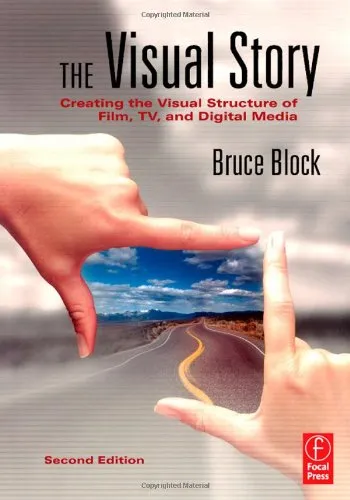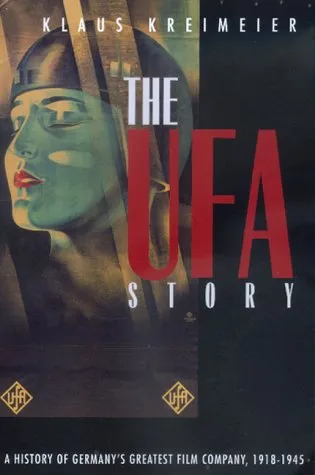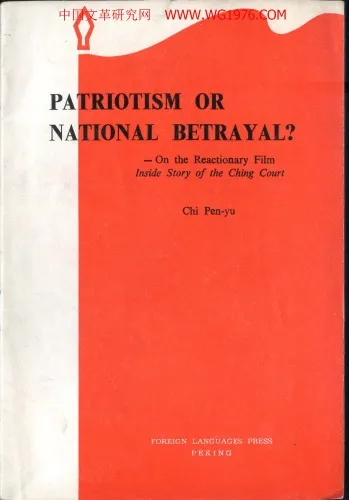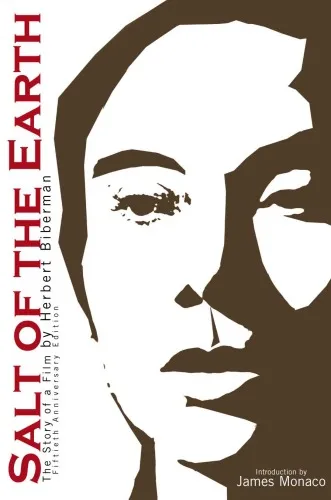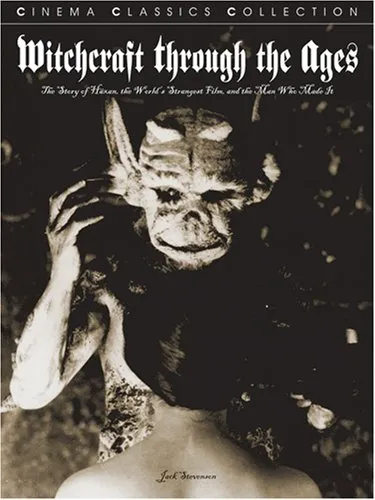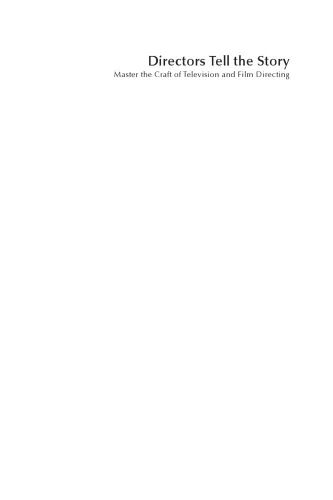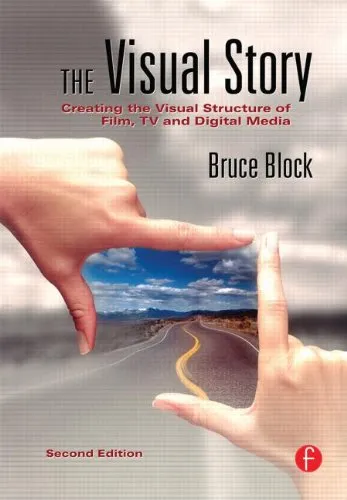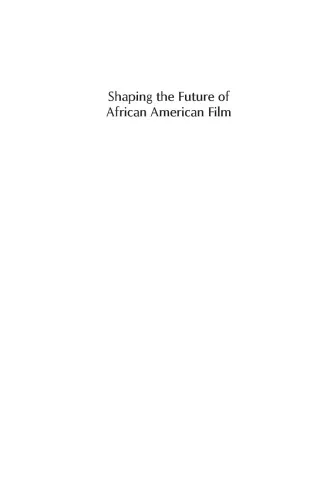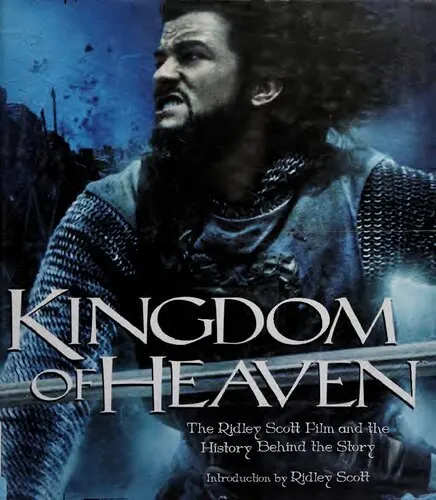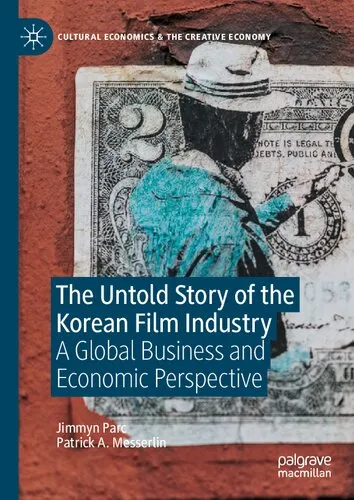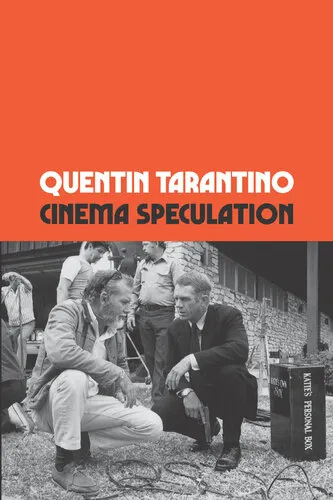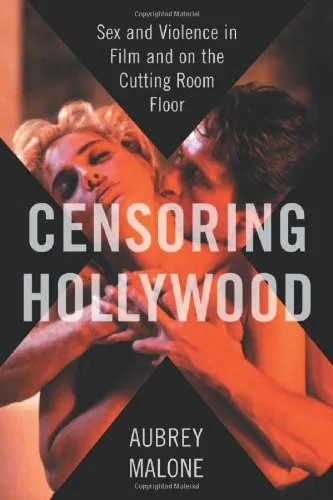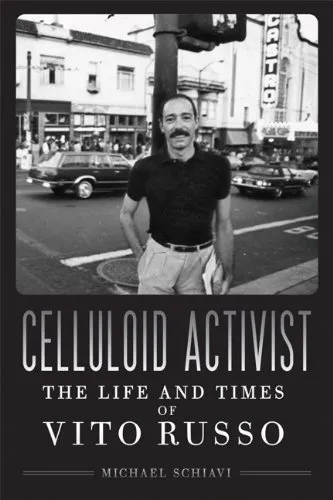Children, Cinema and Censorship: From Dracula to Dead End (Turner Classic Movies British Film Guides)
3.7
بر اساس نظر کاربران

شما میتونید سوالاتتون در باره کتاب رو از هوش مصنوعیش بعد از ورود بپرسید
هر دانلود یا پرسش از هوش مصنوعی 2 امتیاز لازم دارد، برای بدست آوردن امتیاز رایگان، به صفحه ی راهنمای امتیازات سر بزنید و یک سری کار ارزشمند انجام بدینکتاب های مرتبط:
مقدمهای بر کتاب
کتاب Children, Cinema and Censorship: From Dracula to Dead End نوشته سارا اسمیت، به بررسی ارتباط بین کودکان و سینما در زمینه قوانین Censorship میپردازد. این کتاب در سری Turner Classic Movies British Film Guides منتشر شده و به خوانندگان درک عمیقتری از چگونگی شکلگیری و تاثیر Censorship بر فیلمهای کودکان و نوجوانان میدهد.
خلاصهای جامع از کتاب
کتاب سارا اسمیت به تحلیل تاریخی و تحلیلی فیلمهایی میپردازد که در مواجهه با Censorship تأثیرگذاری داشتهاند. او با تمرکز بر فیلمهایی مانند Dracula و Dead End به چگونگی تغییرات در نگاه جامعه نسبت به محتوای فیلمها در طی دهههای مختلف میپردازد. این کتاب نشان میدهد که چگونه قوانین و مقررات Censorship گاهی به خلق آثار هنری فاخر انجامیده و چگونه صنایع فیلمسازی با این چالشها روبرو شدهاست.
نکات کلیدی
- اهمیت نقش Censorship در شکلگیری استانداردهای سینمایی و اخلاقی.
- تأثیر فیلمهای خاص بر روند تفسیر قوانین Censorship.
- چگونگی تعامل کودکان و نوجوانان با مضامین سینمایی پیچیده و بحثبرانگیز.
جملات معروف از کتاب
"هر فیلم مانند یک پلی است که ما را به سمت فهم بیشتری از طبیعت انسانی سوق میدهد و کودکان بهعنوان کسانی که تازه در حال کشف جهان هستند، به این پلهای سینمایی نیاز دارند."
"Censorship میتواند هم به عنوان سدی و هم به عنوان یک محرک خلاقانه در دنیای سینما عمل کند."
چرا این کتاب مهم است؟
این کتاب با ارائه دیدگاهی منحصر به فرد از چگونگی تعامل کودکان با سینما، به ویژه در مواجهه با Censorship، برای محققان، منتقدان و علاقهمندان به سینما حائز اهمیت است. کتاب سارا اسمیت به بررسی نقش سینما در تربیت اجتماعی و فرهنگی کودکان پرداخته و نشان میدهد که چگونه میتوان از این رسانه برای بهبود و توسعه شخصیت کودکان استفاده کرد.
Welcome to an in-depth exploration of a compelling intersection between youthful curiosity and stringent societal norms through the lens of cinema.
Detailed Summary of the Book
In "Children, Cinema and Censorship: From Dracula to Dead End," the complex dance between children's exposure to the cinematic world and the gatekeepers of societal values unfolds. The journey begins with the advent of cinema itself, tracing its evolution through a cultural and moral minefield.
The book meticulously examines the contentious debate over how cinema shapes young minds, probing the societal fears and moral panics ignited by certain filmic content. From the early portrayals of Dracula as a symbol of the uncanny, to more modern depictions pushing boundaries in titles like 'Dead End', this guide delves into the narratives and controversies that have prompted censors to wield their red pens.
In examining British cinema, the book spotlights key historical moments, regulatory bodies such as the British Board of Film Classification, and the shifting parameters of what is deemed appropriate for the youth. It provides a comprehensive historical narrative, interwoven with the broader cultural anxieties of each era.
Key Takeaways
Throughout its pages, the book offers several key insights:
- The evolution of censorship reflects broader societal changes, particularly in attitudes toward childhood innocence and the impact of media.
- Film serves as both a mirror and a moulder of cultural values, particularly in its portrayal of morality and deviance.
- The role of parents, educators, and regulatory bodies is crucial in mediating the exposure of children to films.
- Censorship debates are deeply intertwined with issues of power, control, and the societal desire to shield youth from perceived harm.
Famous Quotes from the Book
"Cinema provides a canvas on which society's deepest anxieties and aspirations are projected, captured in living colour."
"To censor is to acknowledge the power of an idea; to guide is to trust in the resilience of youth."
Why This Book Matters
This book holds profound significance for educators, film historians, and policy-makers alike. With an increasing variety of media available to children today, understanding the historical and cultural contexts of censorship decisions becomes ever more relevant. The book does more than analyze films; it scrutinizes the societal narratives woven around them, offering insights into the perpetual balancing act between protecting youth and fostering creative freedom.
Its detailed dissection of British cinema's regulatory environment serves as a crucial case study, offering a mirror to other cultural contexts grappling with similar challenges. By tracing these historical trajectories, Sarah Smith invites readers to reconsider persistent myths, assumptions, and the efficacy of censorship itself.
دانلود رایگان مستقیم
شما میتونید سوالاتتون در باره کتاب رو از هوش مصنوعیش بعد از ورود بپرسید
دسترسی به کتابها از طریق پلتفرمهای قانونی و کتابخانههای عمومی نه تنها از حقوق نویسندگان و ناشران حمایت میکند، بلکه به پایداری فرهنگ کتابخوانی نیز کمک میرساند. پیش از دانلود، لحظهای به بررسی این گزینهها فکر کنید.
این کتاب رو در پلتفرم های دیگه ببینید
WorldCat به شما کمک میکنه تا کتاب ها رو در کتابخانه های سراسر دنیا پیدا کنید
امتیازها، نظرات تخصصی و صحبت ها درباره کتاب را در Goodreads ببینید
کتابهای کمیاب یا دست دوم را در AbeBooks پیدا کنید و بخرید
1426
بازدید3.7
امتیاز0
نظر98%
رضایتنظرات:
3.7
بر اساس 0 نظر کاربران
Questions & Answers
Ask questions about this book or help others by answering
No questions yet. Be the first to ask!
